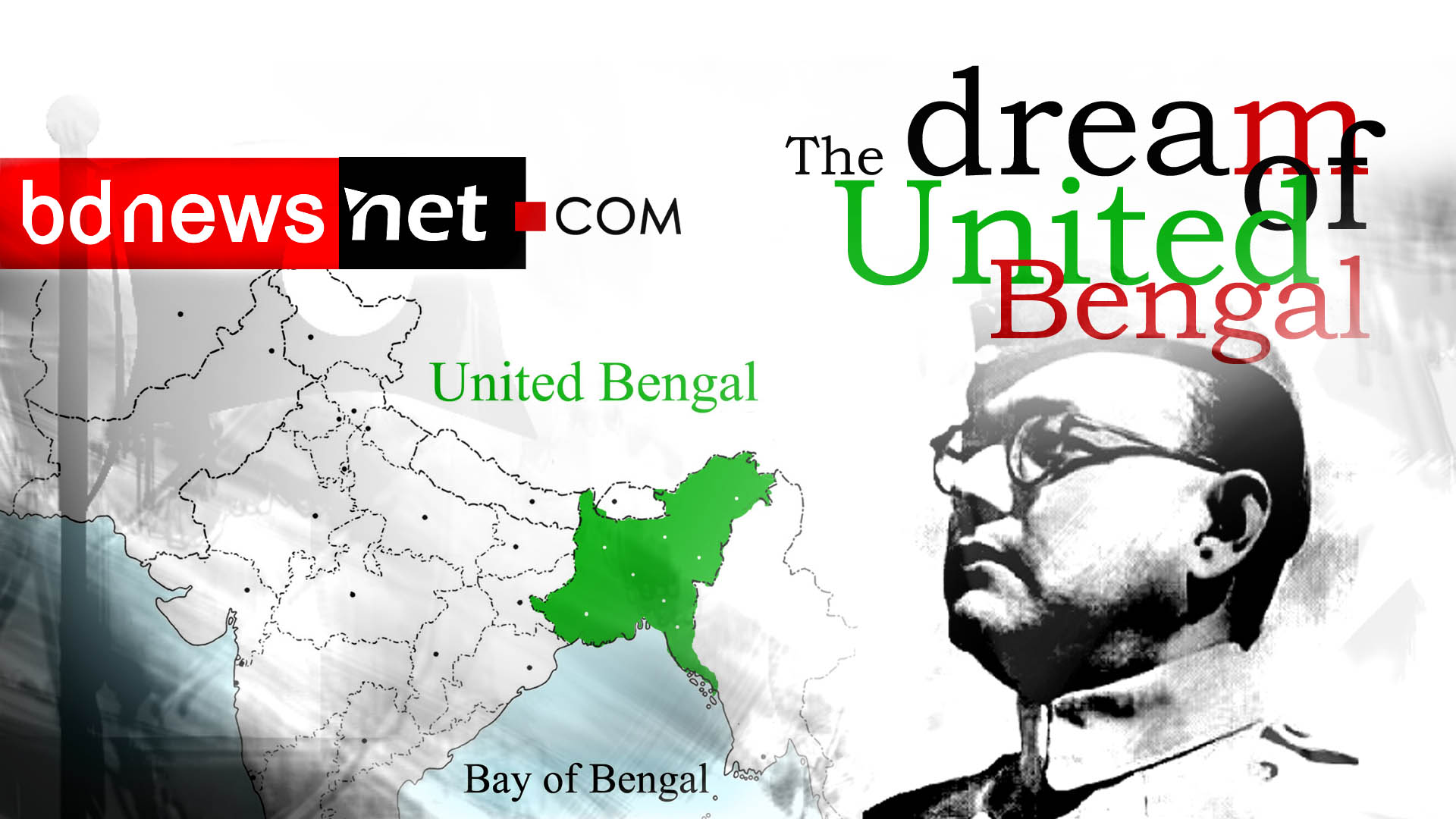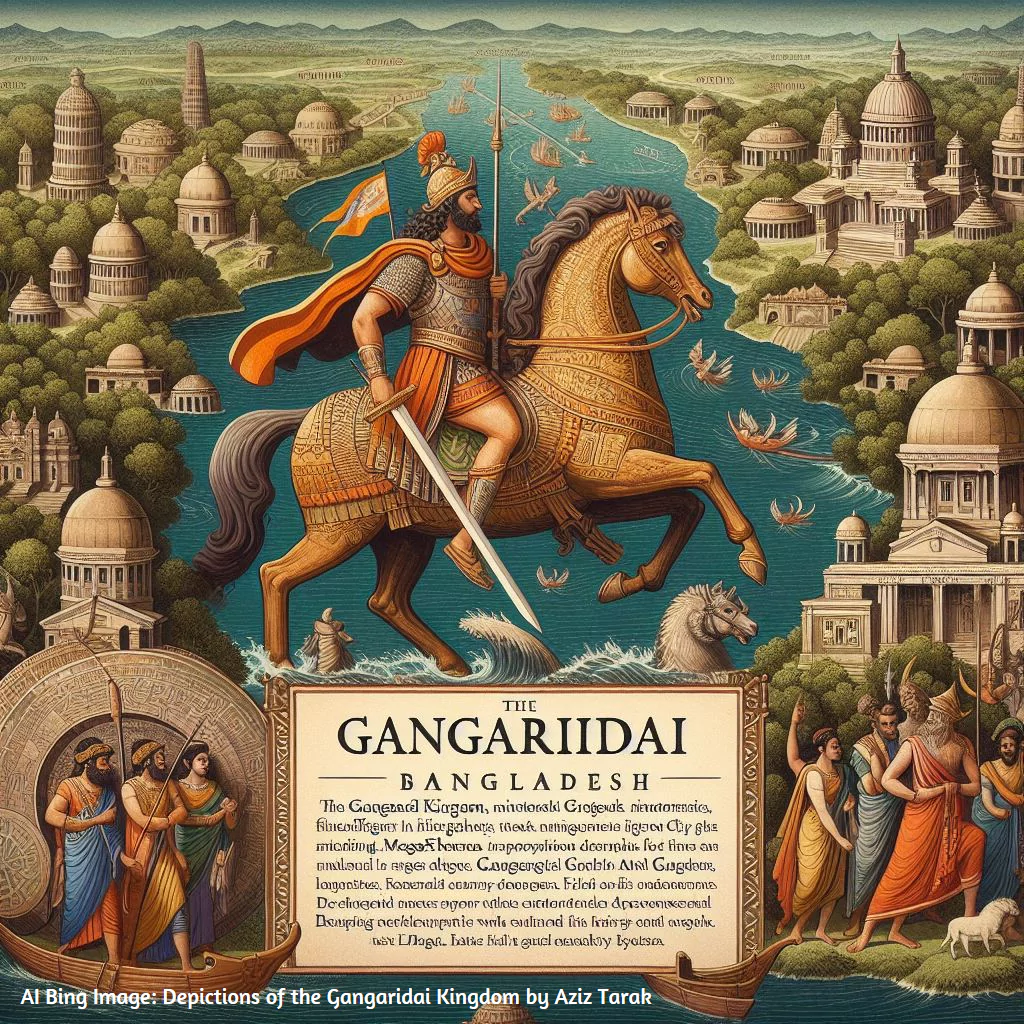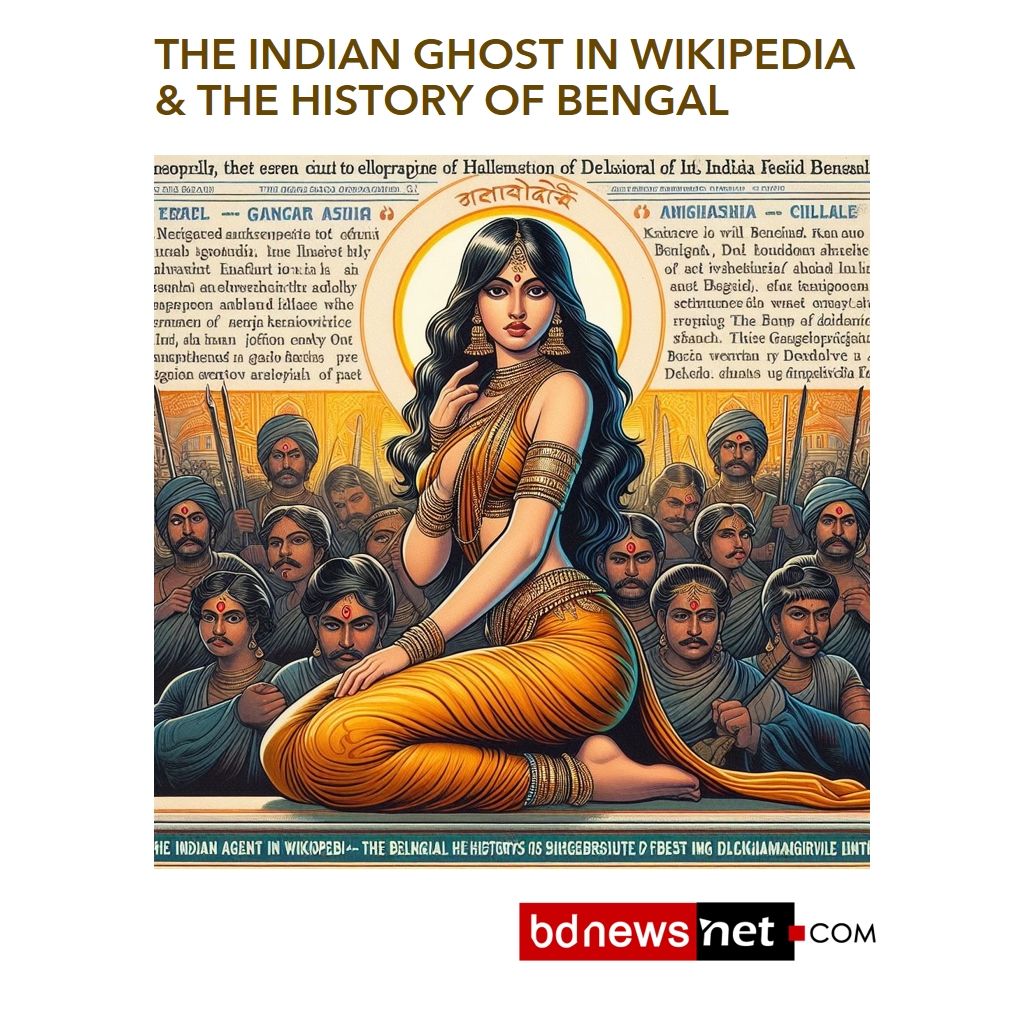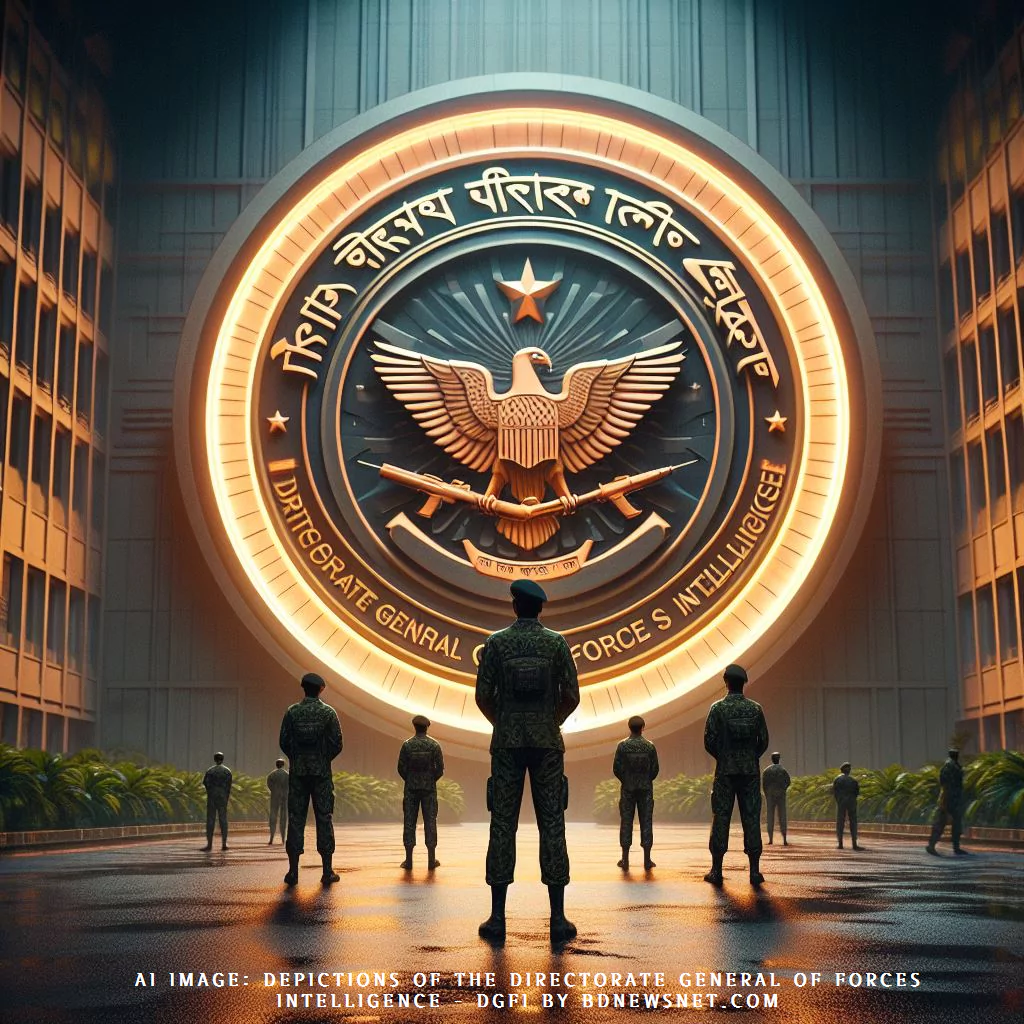wiki -Encyclopedia
United Bengal

The wikipedia page of united bengal is under constant change by agents/biased editors . You can not trust the information in wikipedia article of United Bengal .
United Bengal is a political ideology for a unified Bengali-speaking nation in South Asia. The ideology developed among Bengali nationalists after the first partition of Bengal in 1905. The British-ruled Bengal Presidency was divided into Western Bengal and Eastern Bengal and Assam to weaken the Bengali nationalist movement; after much protest, Bengal was reunited in 1911.

In 1947 United Bengal proposal was the bid made by the Bengali Prime Minister Huseyn Shaheed Suhrawardy and nationalist leader Sarat Chandra Bose to found a united and independent nation-state of Bengal. It sought to prevent the division of Bengal on religious grounds. A confessionalist political system was mooted. The proposal was not put up for a vote. The British government proceeded to partition Bengal in accordance with the Mountbatten Plan and Radcliffe Line.The initiative failed owing to British diplomacy and communal conflict between Muslims and Hindus that eventually led to the second partition of Bengal.
The Historical Background
After the Battle of Palashi in 1757 the British took complete control of the Bengal. They increased agriculture tax rates from 10% to up to 50%, which caused multiple famines such as the Great Bengal famine of 1770 which caused the death of 10 million Bengalis.
The political concept of a nation-state of Bengalis based on the ancient geopolitical, cultural, and historical regions of Bengal. Whose history is at least four thousand years old.
First Partition of Bengal (1905-1911)
The Demand of unified Bengali Nation state emerged after the first partition of Bengal in 1905. After the declaration of partition political leaders, students gathered in the capital city of Calcutta to protest against the partition. In 7 August 1905 Student carrying black flags and banners of “United Bengal” and “unity is strength” to the Town Hall of Kolkata.On 16 October 1905, around 50,000 Muslim and Hindu Bengali gathered in the capital city of Kolkata to protest against the partition. The foundation stone was laid of a Federation Hall of United Bengal, which is to be a symbol of union and a standing protest against the partition. The partition triggered radical Bengali nationalism. An angry agitation, featuring terrorism, as younger members adopted the use of bombings, shootings, and assassinations. Nationalists all over India supported the Bengali cause and were shocked at the British disregard for opinion and ostensible divide and rule strategy. After much protest, King George announced in December 1911 that eastern Bengal would be assimilated into the Bengal Presidency
References–
- Silvestri, Michael (8 July 2019). Policing ‘Bengali Terrorism’ in India and the World: Imperial Intelligence and Revolutionary Nationalism, 1905-1939
- Terrorism in Bengal: a collection of documents on terrorist activities from 1905 to 1939.
- United Bengal” and “unity is strength” to the Town Hall of KolkataICSE History & Civics X. Ratna Sagar. ISBN978-81-8332-585-1
- United Independent Bengal Movement”. Banglapedia. Asiatic Society of Bangladesh.
- “UK PM Attlee believed Bengal may opt to be a separate country”. Dawn.
- Book by Madhuri Bose throws new light on ‘United Bengal’ plan”. bdnews24.com.
- Unfinished Memoirs. University Press Limited ,Bangladesh.





